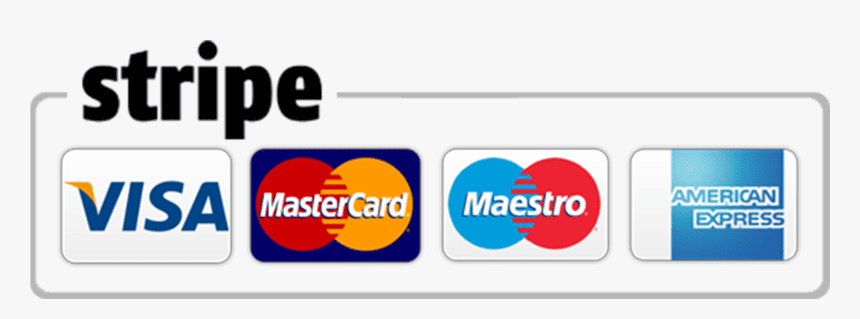PERSONAL BLOG
Coronary Angioplasty
What is a coronary angioplasty❓
 Coronary arteries supply the heart with blood 💗
Coronary arteries supply the heart with blood 💗
 Coronary angioplasty is a procedure to treat blocked or narrowed coronary arteries to reinstate the blood supply
Coronary angioplasty is a procedure to treat blocked or narrowed coronary arteries to reinstate the blood supply
Why do I need a coronary angioplasty❓
 Blocked/narrowed coronary arteries can restrict blood flow to the heart (heart failure) 💔
Blocked/narrowed coronary arteries can restrict blood flow to the heart (heart failure) 💔
 This can cause chest pains 😖
This can cause chest pains 😖
 Coronary angioplasty can reduce chest pains and risk of heart attack ⬇
Coronary angioplasty can reduce chest pains and risk of heart attack ⬇
How do I prepare❓
 Follow guidance from your doctor about your current medication (e.g. you may be required to stop taking anticoagulants and medication for diabetes) 💊
Follow guidance from your doctor about your current medication (e.g. you may be required to stop taking anticoagulants and medication for diabetes) 💊
 Eat a light breakfast before 6am (this is the last thing you can eat on the day of your procedure) 🍳
Eat a light breakfast before 6am (this is the last thing you can eat on the day of your procedure) 🍳
 Have a shower/bath the morning of your procedure 🛀
Have a shower/bath the morning of your procedure 🛀
 Sign consent forms for the procedure ✍
Sign consent forms for the procedure ✍
How is the procedure performed❓
- You will be given local anaesthetic (you will not feel pain, although you may feel a little discomfort or chest pain) 😖
- A sheath is inserted through small cut in groin/wrist
- A catheter (long, thin, plastic tube) is inserted into the blood vessel through the sheath
- X-ray images allow the catheter to be passed to the heart and the blocked coronary arteries
- ‘Contrast medium’ dye is inserted into the catheter
- The dye reveals narrowing of coronary arteries, visualised by X-rays
- When narrowed coronary arteries are identified, catheter is removed
- A catheter with a small balloon is inserted in its place 🎈
- Once within the narrowed artery, the balloon is inflated 🎈
- With the balloon inflated, a stent (mesh tube) is inserted into the coronary artery 🎈

What happens after a coronary angioplasty❓
 You will be monitored in a recovery unit before returning to the ward 🏨
You will be monitored in a recovery unit before returning to the ward 🏨
 The sheath will be removed when appropriate
The sheath will be removed when appropriate
 You may eat and drink as normal 🍳
You may eat and drink as normal 🍳
 If the catheter was inserted into your arm, you may require a pressurised cuff with the pressure slowly decreasing, and a nurse will check for any blood
If the catheter was inserted into your arm, you may require a pressurised cuff with the pressure slowly decreasing, and a nurse will check for any blood
 You can sit up immediately but should follow advice about when you can move around
You can sit up immediately but should follow advice about when you can move around
 You will be discharged the same day if possible
You will be discharged the same day if possible
 You cannot drive for one-week post-angioplasty 🚘
You cannot drive for one-week post-angioplasty 🚘
 You should follow advice given about when you are home 🏠
You should follow advice given about when you are home 🏠
What post-operative care will I receive❓
 The cardiologist will discuss the procedure with you before you are discharged
The cardiologist will discuss the procedure with you before you are discharged
 You will need to attend a follow up appointment, usually approximately 6 weeks post-angioplasty
You will need to attend a follow up appointment, usually approximately 6 weeks post-angioplasty
 You will be referred to a cardiac rehabilitation service, who will invite you to a rehabilitation programme
You will be referred to a cardiac rehabilitation service, who will invite you to a rehabilitation programme
What are the risks of coronary angioplasty❓
 The risk of complications is higher in patients with other health problems ⬆
The risk of complications is higher in patients with other health problems ⬆
 There are also risks caused by not having a coronary angioplasty when required
There are also risks caused by not having a coronary angioplasty when required
 Serious but rare complications:
Serious but rare complications:
 Stroke (caused by the procedure dislodging a small blood clot which then travels to the brain)
Stroke (caused by the procedure dislodging a small blood clot which then travels to the brain)
 Coronary artery damage/heart attack (caused by blocked arteries) 💔
Coronary artery damage/heart attack (caused by blocked arteries) 💔
 Other complications:
Other complications:
 Damage to wound site of the artery
Damage to wound site of the artery
 Bruising/bleeding beneath the skin at the site of the wound
Bruising/bleeding beneath the skin at the site of the wound
 Bleeding surrounding the artery, beneath the skin
Bleeding surrounding the artery, beneath the skin
 Damage to kidney caused by the dye
Damage to kidney caused by the dye
 Allergic reaction to the dye
Allergic reaction to the dye
What are the alternative options to coronary angioplasty❓
 Heart disease can sometimes be treated with medication if your cardiologist decides it is appropriate 💊
Heart disease can sometimes be treated with medication if your cardiologist decides it is appropriate 💊
 Coronary bypass/ heart bypass surgery may be required instead 🏨
Coronary bypass/ heart bypass surgery may be required instead 🏨
Summary:
- A coronary angioplasty is a procedure to reinstate blood supply to the heart
- Reduces chest pains and risk of heart attack
- You should follow the guidance you are given about how to prepare
- You will be given general anaesthetic
- A balloon catheter is used to reinstate blood flow
- You must follow guidance given about your post-operative care
- Risks are increased in patients with other health problems













